David McFall R.A. (1919 - 1988)
Sculptor
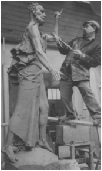
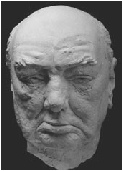
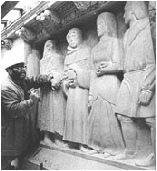
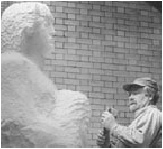
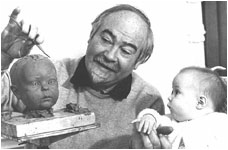
1973/4 Les Belles de la Maison
After a daguerreotype by Toulouse Lautrec
26" x 33"
Bronze Relief (cast by Fiorini foundry)
Exhibited Royal Academy Summer Exhibition 1973 Catalogue No. 1095
Royal Academy Summer Exhibition Illustrated Magazine 1973 page 58
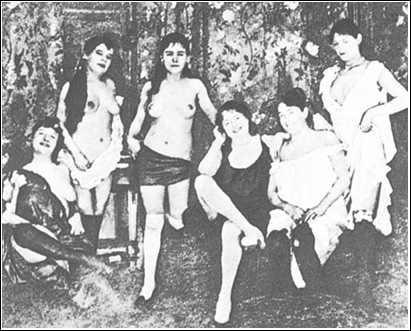
The daguerreotype
The first photograph was an image produced in 1826 by the French inventor Nicéphore Niépce on a polished pewter plate with a camera. The image required an eight-hour exposure in bright sunshine. In partnership, Niépce and Louis Daguerre refined the existing process. In 1839 Daguerre announced that he had invented a process called the Daguerreotype. The Daguerreotype proved popular in responding to the demand for portraiture emerging from the middle classes during the Industrial Revolution. This demand, that could not be met in volume and in cost by oil painting, added to the push for the development of photography. Daguerreotypes, while beautiful, were fragile and difficult to copy.
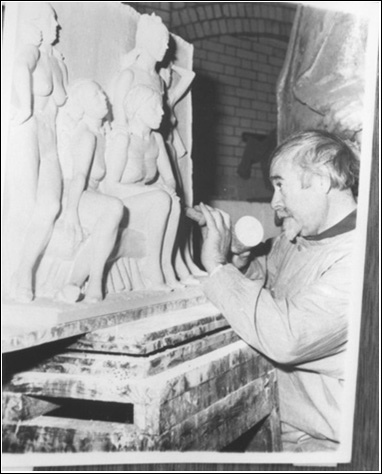
Henri de Toulouse-Lautrec (1864 - 1901) Born to an old aristocratic family, he developed his interest in art during lengthy convalescence after both his legs were fractured in separate accidents that left them permanently stunted and made walking difficult. In 1881 he resolved to become an artist; after taking instruction, he established a studio in the Montmartre district of Paris in 1884 and began his lifelong association with the area's cafés, cabarets, entertainers, and artists. He captured the effect of the movement of dancers, circus performers, and other entertainers by simplifying outlines and juxtaposing intense colours; the result was an art throbbing with life and energy. His lithographs were among his most powerful works, and his memorable posters helped define the possibilities of the genre. His pieces are often sharply satirical, but he was also capable of great sympathy, seen most poignantly in his studies of prostitutes.
All rights reserved
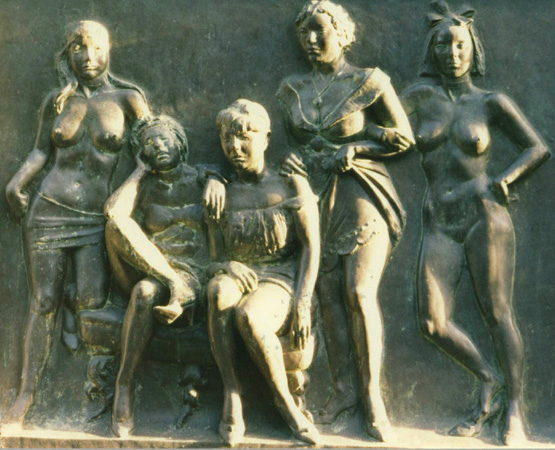
| Animals |
| Busts and Heads |
| Children |
| Churchill studies |
| Lettering |
| Medals coins plates |
| Reliefs |
| Stone carvings |
| Contemporary British Artists |
| On Epstein |
| Picasso |
| The art of portrait sculpture |
| Letters |
| Palliser |
| Son of Man |
| Press |
| Obituaries |
| Memorial address |